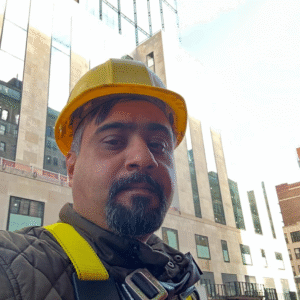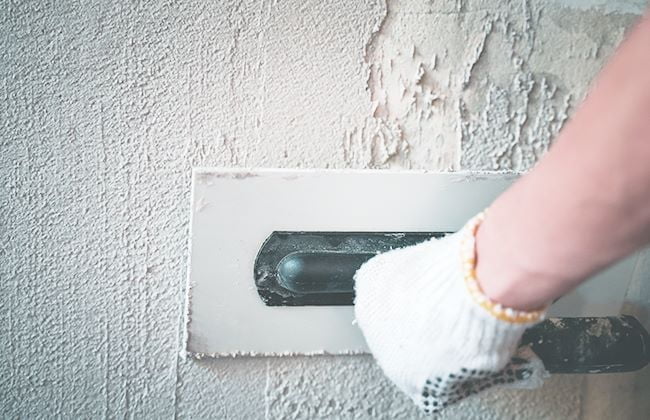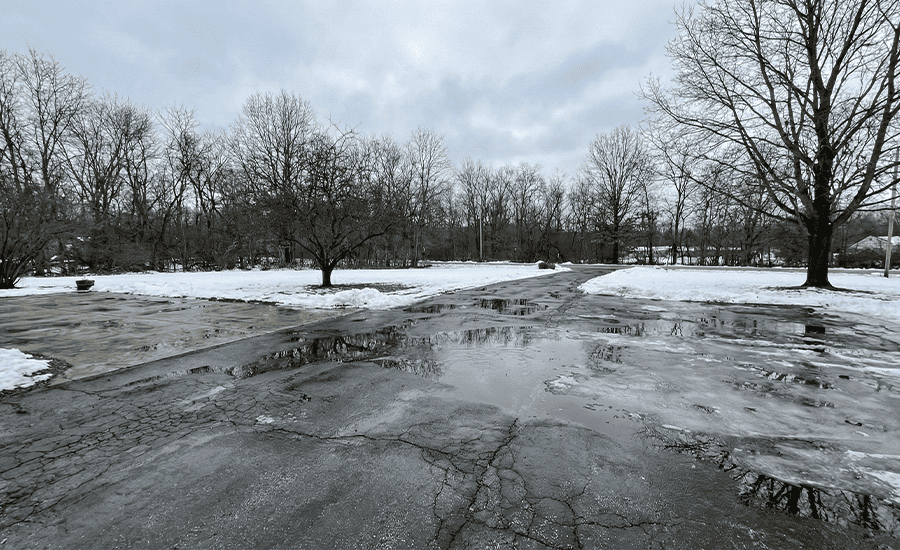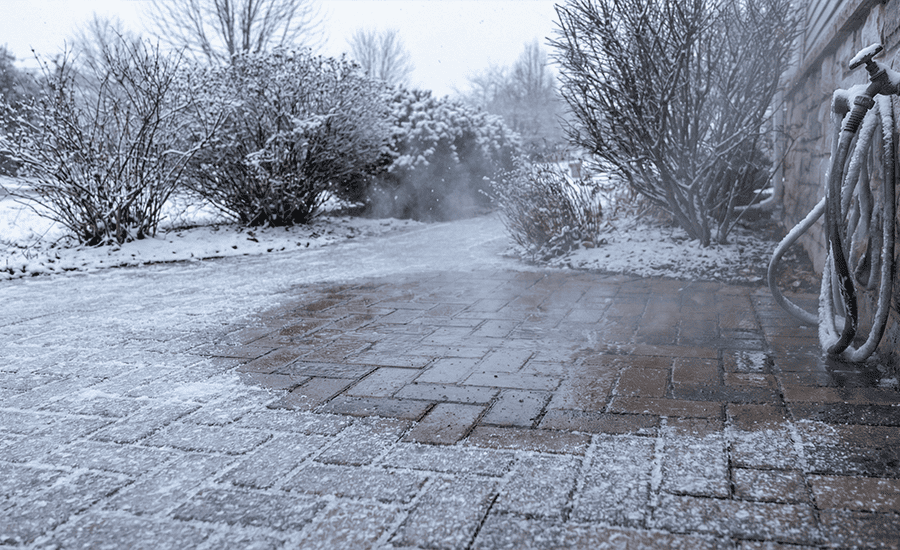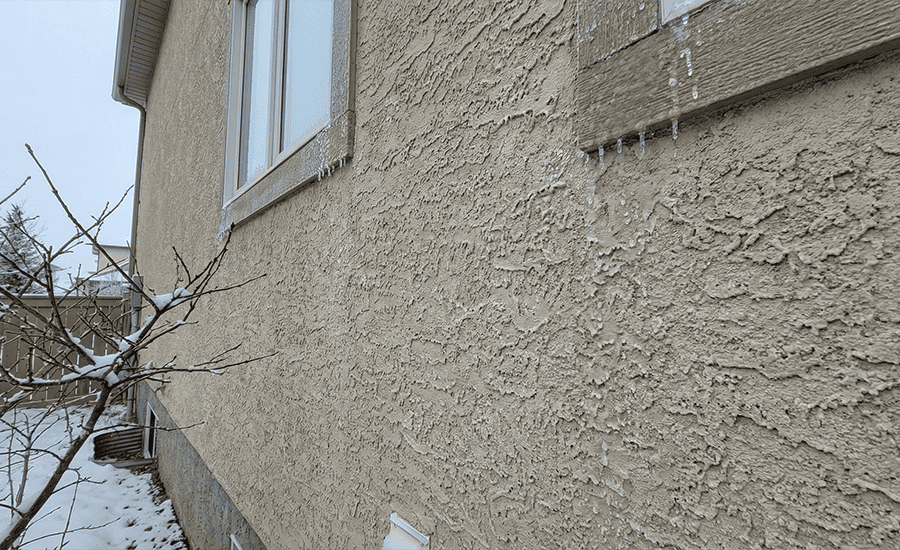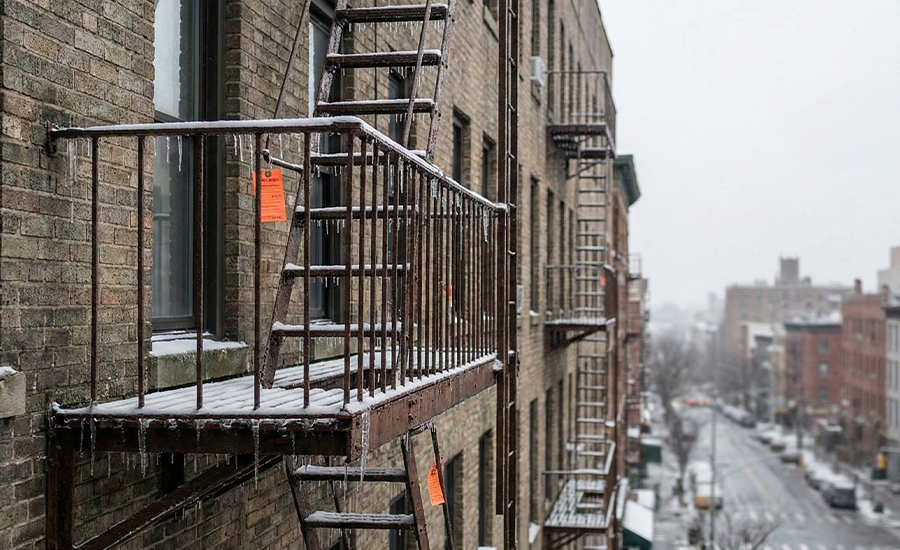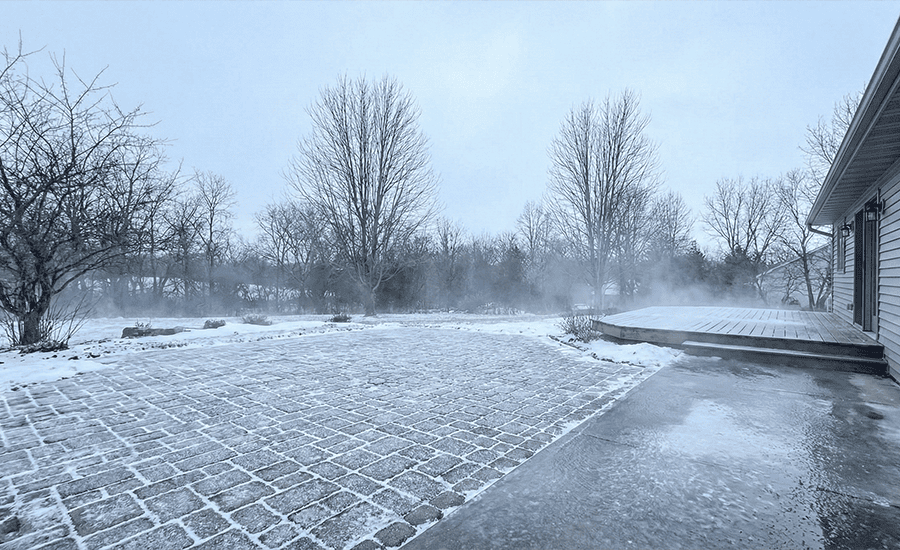Are you considering stucco as a finish for your home or building? If so, it’s important to know that not all stuccos are created equal. There are two main types of stucco: synthetic and traditional. But what exactly is the difference between these two options? In this blog post, we’ll explore the pros and cons of both synthetic and traditional stucco so that you can make an informed decision about which one is right for your project. Get ready to learn everything you need to know about synthetic stucco vs. traditional stucco!
What is Synthetic Stucco?
Synthetic stucco, also known as exterior insulating and finishing system (EIFS), is a type of wall cladding that consists of an insulation board attached to the sheathing with an adhesive, followed by a base coat and finish coat. The main difference between synthetic stucco and traditional stucco is that synthetic stucco has a layer of foam insulation, while traditional stucco does not.
Synthetic stucco was first developed in Europe in the 1950s and came to the United States in the 1970s. It became popular in the 1980s and 1990s due to its low cost and easy maintenance. Synthetic stucco is made from polystyrene foam, which is then covered with fiberglass mesh and a thin layer of cement. It can be tinted to any color, and textured to create different looks.
Traditional stucco is a mix of Portland cement, sand, water, and lime. It has been used for centuries as a way to finish both interior and exterior walls. Traditional stucco is applied in three coats: the scratch coat, brown coat, and finish coat. The color of traditional stucco is usually off-white or white, but it can be tinted with pigment during the mixing process. Traditional stucco takes longer to apply than synthetic stucco, but it is more durable and has better thermal properties.
What is Traditional Stucco?
Traditional stucco is a cement-based plaster that has been used for centuries to finish the exterior walls of homes and other buildings. It is made from Portland cement, sand, and water, and can be mixed with lime to make it more pliable. Traditional stucco is applied in three coats: the scratch coat, the brown coat, and the finish coat. The scratch coat is applied first and provides a surface for the brown coat to adhere to. The brown coat is then applied and gives the stucco its color. The finish coat is applied last and provides a smooth, decorative surface.
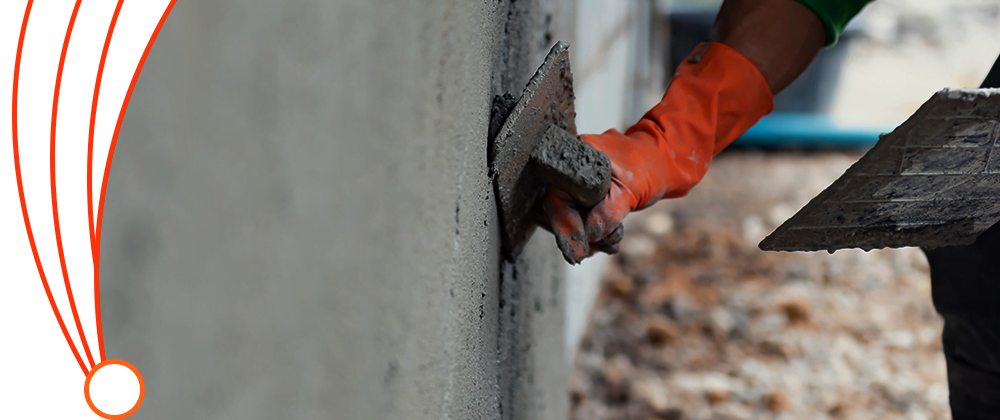
Pros and Cons of Synthetic Stucco
There are a few key differences between synthetic stucco and traditional stucco that may sway your decision when choosing which option to go with for your home.
Synthetic stucco, also known as Exterior Insulation and Finish Systems (EIFS), is a multi-layered system consisting of an insulation board, base coat, and finish coat. This type of stucco is much thinner than traditional stucco, making it lighter in weight and easier to install. Synthetic stucco also has a more seamless appearance due to the lack of mortar joints like traditional stucco has.
One of the main advantages of synthetic stucco is that it provides better insulation than traditional stucco. This can lead to lower energy bills as your home will be better able to maintain a consistent temperature. Synthetic stucco is also less likely to crack than traditional stucco, making it a low-maintenance option.
However, there are a few downsides to synthetic stucco. One is that it can be more expensive than traditional stucco, although the long-term savings on energy bills may offset this initial cost. Another downside is that synthetic stucco does not allow moisture to escape as easily as traditional stucco does, so if there is any moisture trapped behind the synthetic stucco it can lead to mold or mildew growth.
Pros and Cons of Traditional Stucco
There are a few key differences between traditional stucco and synthetic stucco. For one, traditional stucco is made from Portland cement, while synthetic stucco is made from acrylic resins. This means that synthetic stucco is more flexible and less likely to crack than traditional stucco.
Another difference is that synthetic stucco can be applied directly to most wall surfaces, while traditional stucco needs a wire mesh or lath for support. This makes synthetic stucco a more versatile option for exterior walls.
Finally, traditional stucco takes longer to dry and cure than synthetic stucco. This means that there is a greater risk of mold and mildew growth with traditional stucco.
Cost Comparison Between Synthetic and Traditional Siding
There are several factors to consider when comparing the cost of synthetic stucco with traditional stucco.
- First, synthetic stucco is typically more expensive to install than traditional stucco. This is because synthetic stucco requires special installation techniques and materials that traditional stucco does not. For example, synthetic stucco must be applied in a two-step process that includes an adhesive step and a troweling step. In addition, special weep screed and flashing must be installed around doors and windows to ensure proper water drainage.
- Another factor to consider is the cost of ongoing maintenance. Synthetic stucco is much easier to maintain than traditional stucco since it does not require repainting or waterproofing. In contrast, traditional stucco must be repainted every few years and waterproofed regularly to prevent moisture damage.
- Finally, the climate in your area will also affect the cost of synthetic stucco vs. traditional stucco. Synthetic stucco performs better in hot, dry climates since it is less likely to crack or chip in these conditions. However, traditional stucco can be a better choice for areas with cold winters since it is less likely to freeze and thaw cycles that can cause damage to synthetic stucco.
Installation Process for Synthetic and Traditional Siding
The installation process for synthetic stucco is similar to that of traditional stucco, but there are a few key differences.
- Synthetic stucco is applied in a three-coat system, with the first coat being a base coat, the second coat being adhesive, and the third coat being the finish coat.
- Traditional stucco is applied in a two-coat system, with the first coat being the base coat and the second coat being the finish coat.
Another difference between synthetic and traditional stucco installation is that synthetic stucco requires the use of expansion joints, while traditional stucco does not. Expansion joints are necessary for synthetic stucco to allow for the expansion and contraction of the material due to temperature changes. Without expansion joints, cracks can form in the synthetic stucco.
The final difference between synthetic and traditional stucco installation has to do with the tools used. Synthetic stucco can be applied with a pump sprayer, while traditional stucco must be applied with a trowel.
Maintenance Requirements for Both Types of Siding
There are a few key maintenance requirements for both types of siding that must be adhered to keep your home looking its best. These include regularly washing the siding to remove dirt and debris, as well as addressing any cracks or damage that may occur over time.
For traditional stucco, it is also important to have the surface re-sealed every few years to protect it from the elements. Synthetic stucco does not require this additional step, but it is still important to regularly inspect it for any signs of wear and tear.
By following these simple maintenance tips, you can ensure that your home’s siding will continue to look great for years to come.
Conclusion
Deciding between synthetic stucco and traditional stucco can be a difficult decision to make, but understanding the differences between the two is key. Synthetic stucco provides an easier application process, which may appeal to some homeowners. Traditional stucco has been around for centuries and continues to provide a more authentic look with more lasting results. Ultimately, it comes down to personal preference and budget when deciding on which type of stucco you would like installed in your home or commercial space.


